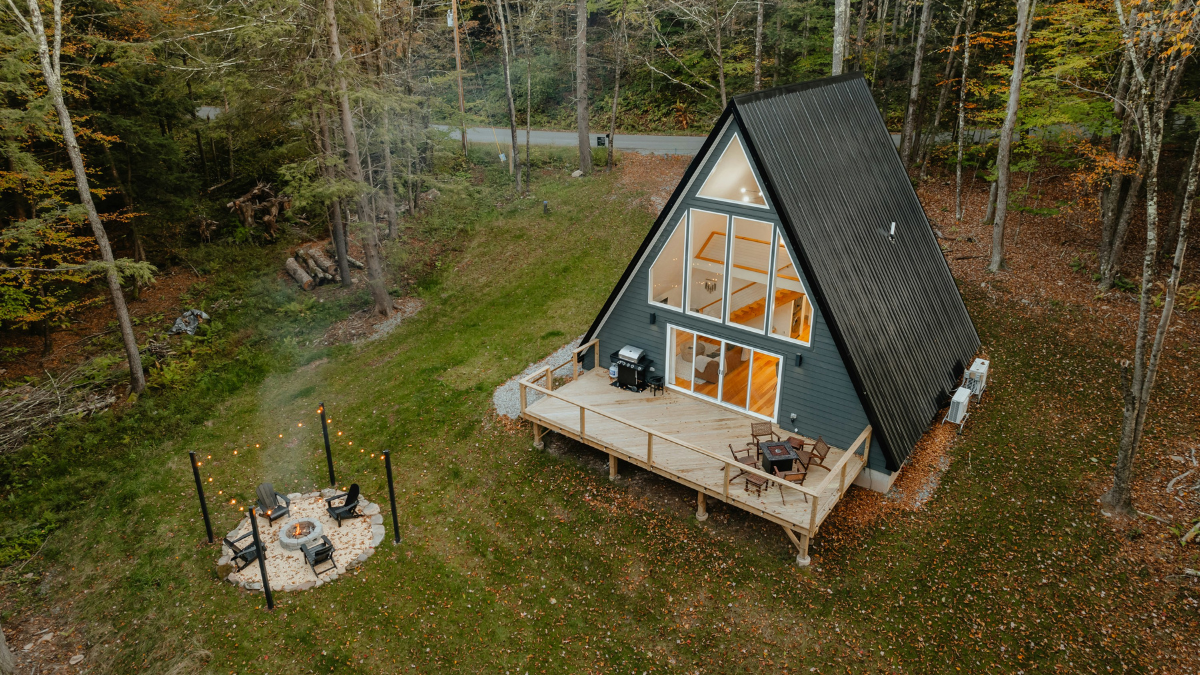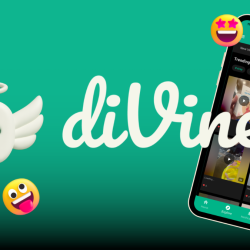Airbnb announced that it is shifting its advertising from TV to social media in its earnings call earlier this week.
Brian Chesky, co-founder and CEO of Airbnb, attributed the shift to changing consumer habits, saying that search is ‘switching from desktop to mobile and from Google search to social media’.
Earlier this year, GWI told MediaCat that the share of travellers using social media for research had grown 16% since the beginning of 2023.
StudentUniverse’s State of Student and Youth Travel 2024 report also found that 89% of Gen Z discovered new destinations through TikTok and 60% viewed the platform as the first choice for travel inspiration. The report also found that 40% of the respondents had booked a trip because of TikTok content, with 70% saying they were likely to use the platform as a trip planning tool.
It makes sense, then, for Airbnb to shift its focus to social as travel discovery evolves, but Chesky told investors that there are other benefits to advertising on the channel:
‘The great thing about social is we can target. We know a lot more about the customers. We know if they’re Airbnb customers […] When they watch an ad, we can link it to inventory and get them to go directly to the app.’
In other words, advertising on social media allows the brand to shrink the gap between discovery and intent in a way that TV does not permit. And it’s not just through social media that Airbnb is benefiting from the convergence of discovery and intent.
In May, Airbnb redesigned its app to allow users to browse and discover homes as well as its newly-launched services and experiences. The redesign marks a notable shift from its previous search-driven user experience, and according to Chesky, the company is already seeing results.
‘We’re seeing a giant uptick in the number of people that are booking a home from the homepage on Airbnb,’ he told investors. ‘This has been a major behavioural change from basically the last 17 years of Airbnb’s history.’
Chesky added that most apps ask users to input specific destinations and dates into a search box before offering them results, and that this is how travel search has operated for the last two decades.
‘The holy grail is to get more and more people to be in browse and discovery mode, almost like on Netflix or DoorDash,’ Chesky said.
He explained this is a strategic move that allows the brand to ‘divert travel more broadly to where [they] have available supply’ and increase the conversion rate of their traffic.
He also said that there are downsides to relying solely on high-intent traffic, as the company risks losing people who might be ‘lower intent’ or if a home is ‘a little bit outside their search radius’ or the dates they’ve searched for.
Looking ahead, Chesky said that the company is working on bringing AI into travel search and making Airbnb an ‘AI-first application’. This move is once again in line with changing consumption habits as young travellers gradually turn to AI tools and chatbots to research destinations and plan their trips.
Featured image: Clay Banks / Unsplash




















